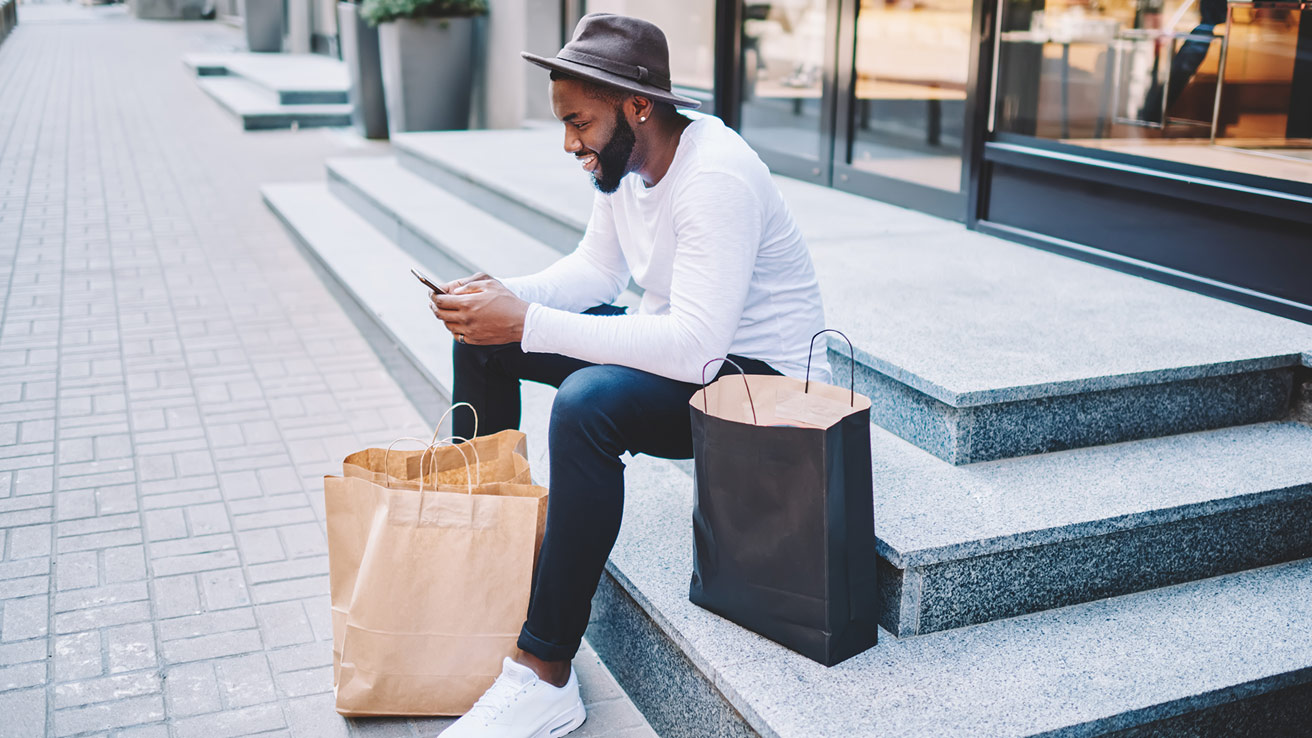Curbside Pickup: Adapting to a new normal
Chris Michaud

The global effects of the pandemic have been sudden, uncomfortable, and immobilizing, enforcing newer ways of life and even a new vocabulary. One term that has emerged out of this vocabulary for businesses is the Low Touch Economy. It refers to an increase in hygienic practices that result in a decrease in physical contact during a business transaction. The need to reduce human contact has required brands to shift their services and bring in new operational practices that allow their business to remain functional while adhering to new governmental health and safety measures.
One popular practice in this new economy is curbside pickup, which features safer delivery methods like limited physical contact and added protection to packaging. This service has enabled brands to continue operating brick and mortar stores and generating revenue despite the limitations to in-store traffic. Luckily, even before the COVID-19 outbreak, a number of brands had started to offer the service over the past few years coinciding with consumer convenience programs like buy-online-pick-up-in-store (BOPIS) and mobile order-ahead.
However, with such a rapidly changing landscape is curbside pickup here to stay? What are the challenges that brands will face and the potential solutions to make curbside pickup sustainable?
Curbside pickup is here to stay
One big reason why curbside pickup was already on an upward trend was convenience. People are increasingly looking for ways to simplify tasks and maintain balance in their schedules. Curbside pickup is the perfect way to provide a swift, simple service to customers—saving time and avoiding the potential hassles of in-store shopping like finding a parking spot or waiting in long queues.
It’s also a free option for customers. Cost-conscious consumers can skip shipping or delivery fees simply by handling the pickup themselves. Because shoppers have now grown accustomed to the ease and convenience of these new shopping experiences, curbside pickup is likely to become the new normal of shopping across industries.
Curbside pickup growing pains
Many brands know that quickly launching a new service comes with its challenges. Instituting a new curbside pickup program brings changes to technical infrastructure, customer communication, and associate training. As a communication-heavy service, setting up the right channels and training the relevant staff in their effective usage is essential to having a successful curbside pickup service.
Communication channels used for implementing curbside pickup can vary between brands and industries. Popular channels include in-app messaging, SMS, RCS, email, and online chat. However, many brands lack either the experience or the knowledge of choosing the right mix of channels that best fit the preferences of their consumers. For example, a retail store may find that emails aren’t as effective for their specific customer base as SMS. Another may find its associates have some difficulty understanding how to use the communication tool to chat with customers online and need additional training. Whatever the case, it’s normal to make adjustments during the rollout of a new curbside pickup service.
Finding the right solution
Businesses must evolve their messaging strategies in order to deliver two-way communications. The right setup is the difference between an underwhelming and a superior customer experience. Ideally, brands should strive to have a few different communication channels orchestrated into one harmonious system. For example, being able to process order requests via SMS, online chat, and voice allows customers to be catered to according to their preferred channel. This results in frictionless communication and a smooth operation for each individual store.
To learn more about how you can get up and running with a simple curbside pickup solution in as little as five days, contact us here.